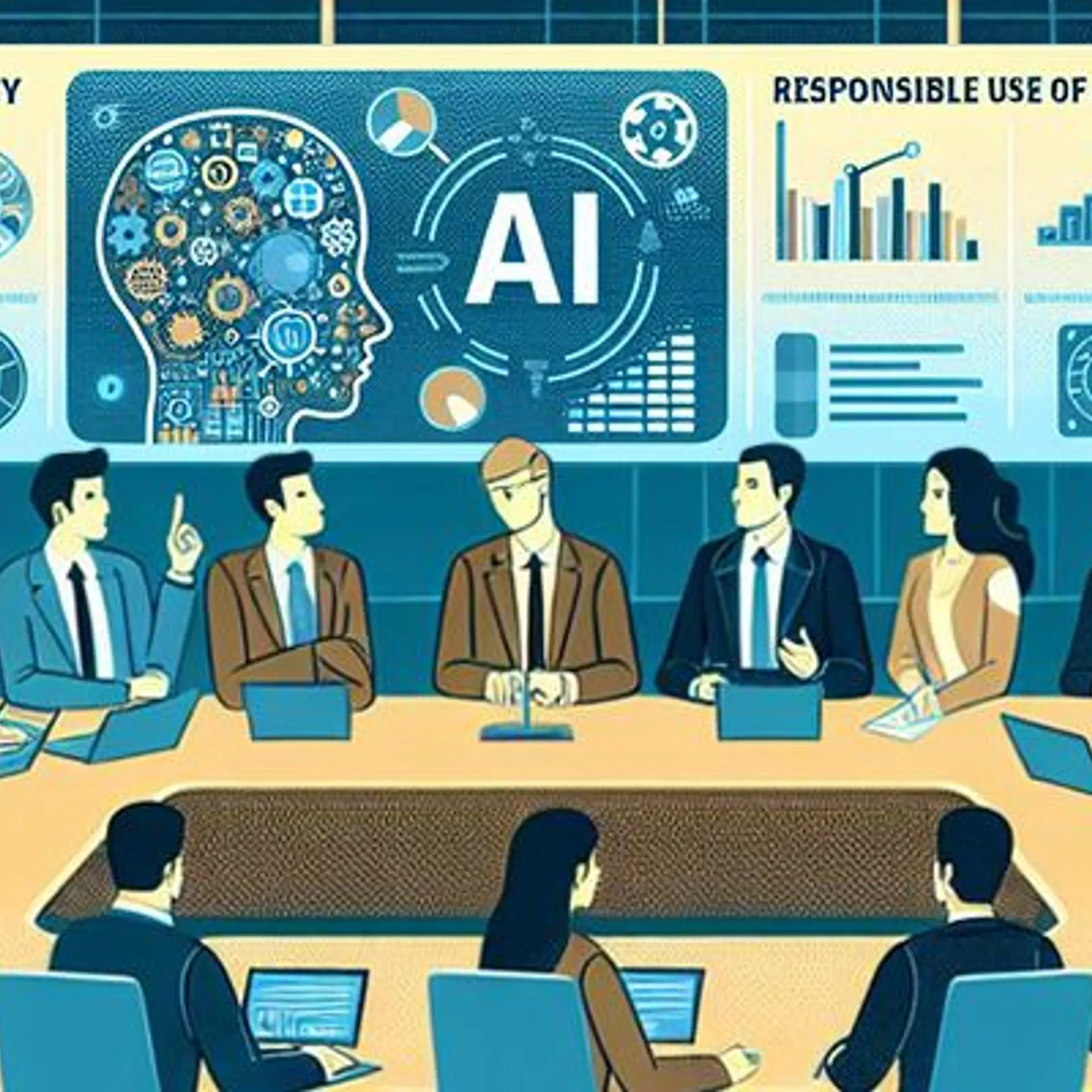Microsoft-backed UAE firm G42 has three-pronged AI plan for India
UAE-headquartered G42 is eyeing India as one of the most appealing markets for AI development and has laid out a three-pronged approach to make India an AI superpower.
After the dot-com boom, global software companies flocked to India, drawn by the country’s deep talent pool. Today, artificial intelligence (AI) firms are following the same trajectory, with G42—based in the United Arab Emirates—among the latest to tap into India’s expertise.
Leveraging this diverse talent, G42 aims to drive innovation from Asia and position India as a major AI superpower, said Manu Kumar Jain, CEO of G42 India.
Founded in 2018 by Peng Xiao, G42 is an AI and cloud computing firm focused on AI research and development, as well as creating and deploying technology solutions across industries.
The company’s chairman is Sheikh Tahnoon bin Zayed Al Nahyan, the UAE’s national security adviser. G42 has formed partnerships with AI giants, such as OpenAI, Microsoft, and NVIDIA, to provide AI solutions across sectors, including surveillance, biotechnology, healthcare, and data centres.
In April, Microsoft invested $1.5 billion in G42, one of its largest allocations in the AI sector. “India, in the next five years, is going to be a large AI superpower. We want to ensure that we play a small role as a catalyst in making this happen,” Jain told YourStory.
The company’s India strategy centres around three key initiatives: establishing an 8 exaFLOP machine, India’s largest supercomputer; constructing data centres designed for AI workloads to double India’s current data centre capacity; and developing AI models, particularly an Indic large language model (LLM).
A key part of this plan is the exaFLOP machine, a supercomputer capable of performing 1 quintillion floating-point operations per second (FLOPS). To explain simply, this machine can handle an enormous number of math problems every second—one quintillion, which is a million million million. These math problems often involve numbers with decimal points, which are necessary for complex tasks like AI, scientific research, and large data analysis. The faster these calculations are done, the more efficiently AI systems can process vast amounts of information and make important decisions.
To provide some context, India’s current top-performing supercomputers operate in the petaflop range (5 to 13 petaflops, where one petaflop equals 1 quadrillion operations per second). G42’s exaFLOP machine would be 800 to 1,000 times more powerful, making it crucial for handling advanced AI workloads such as deep learning, neural networks, and other computationally heavy tasks.
The G42 initiatives follow a February Memorandum of Understanding (MoU) between India’s Ministry of Electronics and Information Technology (MeitY) and the UAE’s Ministry of Investment, aimed at boosting bilateral investment in digital infrastructure, especially data centres.
Although G42 has not disclosed many details about the supercomputer, Jain said further announcements will be made.
Need for compute
As AI applications proliferate, data centres have become critical infrastructure. “If you look at the entire data centre capacity in the country, I personally believe it is not sufficient enough,” Jain said, adding that the country needs larger centres, especially to ensure data sovereignty. “We are still in a very early stage of defining the scope of these data centres. The idea is to help double the capacity of the country,” he added.
In March, the Union Cabinet approved the IndiaAI Mission, allocating Rs 10,372 crore over five years to support AI projects, including building AI computing infrastructure. “It's a great initiative, which encourages partnership between public sector and private organisations to harness the potential of Generative AI (GenAI),” Jain said.
Through this mission, the Indian government hopes to incentivise private companies to build large-scale AI projects. “And, this is somewhat similar to what G42 is also trying to do with respect to AI-focused data centres, supercomputers, and building intelligent models,” he added.
Building an indic LLM
In September, G42 announced plans to launch NANDA, a Hindi-language LLM with 13 billion parameters, trained on about 2.13 trillion tokens of language datasets, including Hindi. The company has yet to provide a timeline.
Named after one of India’s highest peaks, NANDA is a collaboration between G42’s subsidiary Inception, the Mohamed bin Zayed University of Artificial Intelligence, and AI chip startup Cerebras Systems. The model is trained on Condor Galaxy, a supercomputer built by G42 and Cerebras for AI training and inference.
Inception specialises in building advanced AI solutions for various industries, conducting research and development on big data, AI, and machine learning. Andrew Jackson, CEO of Inception, noted that while many companies rely on NVIDIA for supercomputers, Inception has built them in the US with Cerebras technology.
“We started off building something small—a 13 billion parameter model same as we've done with NANDA. We needed to kind of collect a lot more data and put a huge amount of work into collecting data. And that was tough. It's really hard when you don't have that much content online,” Jackson explained.
Last year, G42 launched JAIS, an open-source Arabic LLM, establishing a benchmark for linguistic AI with models ranging from 590 million to 70 billion parameters. G42 now aims to replicate this success with NANDA in India, focusing on underrepresented languages.
“We really want this to be not just accessible to big people who have big technology to run it on. We wanted to make sure it can run on smaller IoT hardware and laptops,” Jackson added.
Helping startups in India
With NANDA, G42 hopes to nurture India’s AI ecosystem, especially for the scientific, academic, and developer communities. “We are obviously working on developing it further right now. We have an app that will be coming out as well—a chat version of the model. For the commercial side, we do not want to do this on our own. We want to find partners in India to work with,” Jackson said.
Recognising the importance of local data for building region-specific AI models, Jackson noted that while G42 has benefited from UAE data, the company now seeks similar datasets in India, working with local providers.
In addition to LLMs, G42 is developing an audio model for commercial applications, enabling users to interact in native languages. The company plans to explore use cases in sectors like education and healthcare, collaborating with government bodies, industry partners, and academic institutions such as the Indian Institutes of Technology (IITs).
“There could be a lot of use cases around medicine. You can have applications that teach people about the latest science in their own language using an AI model, or it can be used for financial use cases by banks or by the content industry, making movies,” he explained.
“We are also talking to one of the largest movie production houses. It could also be used to turbocharge large-scale digital initiatives such as and UPI."
Edited by Suman Singh









